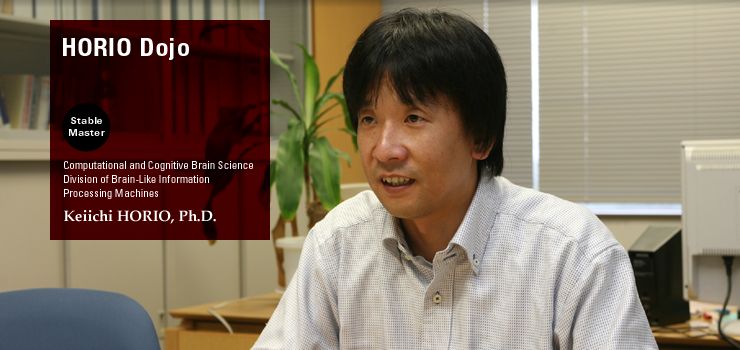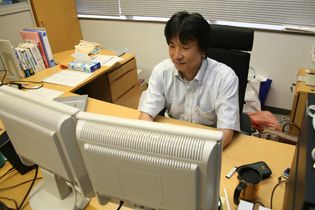 |
| |
 |
| An autonomous
robot must be able to recognize features in the surrounding
environment, decide on its own what action to take and
then act. Our laboratory is researching pattern recognition,
which consists of recognizing the external world and
decision-making. One problem we are studying is the
difficulty of accurately classifying moving images.
For example, if we use a specific gesture as a command,
the robot may have difficulty recognizing the movement
due to discrepancies in the location of the image or
the speed. We are currently developing a classification
system that can handle elasticity and discrepancies
in time and spatial patterns. In the future, we hope
to customize chips and build a man-machine interface
so that robots can execute and learn tasks using simpler
instructions. |
|
 |
| In
the engineering field, pattern recognition comes up
in many different situations. If, for example, we want
to use information from an animal as an interface and
send instructions to a computer or robot, pattern recognition
techniques are very helpful. With this package, students
first gain an understanding of various classic techniques
such as the linear distinction method and then go on
to study pattern recognition techniques that use the
recently famous support vector machine or neural networks.
For practice, the students make their own program and,
using a database for benchmarks, try out various techniques.
The program makes it possible to acquire skills that
cannot be learned from books alone, such as being able
to fine-tune one's approach when applying these skills
to actual problems. |
 |
|
|
|
|